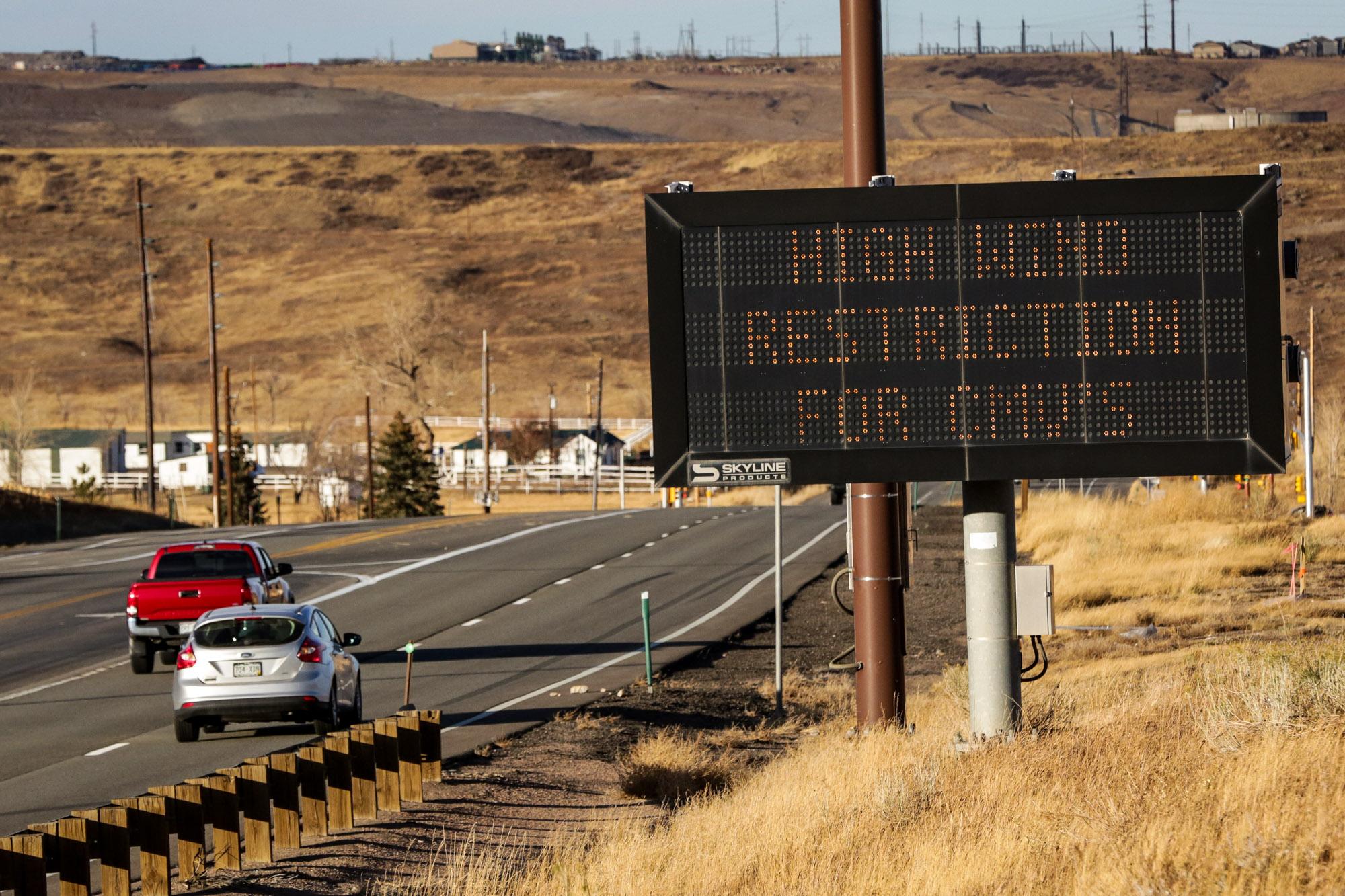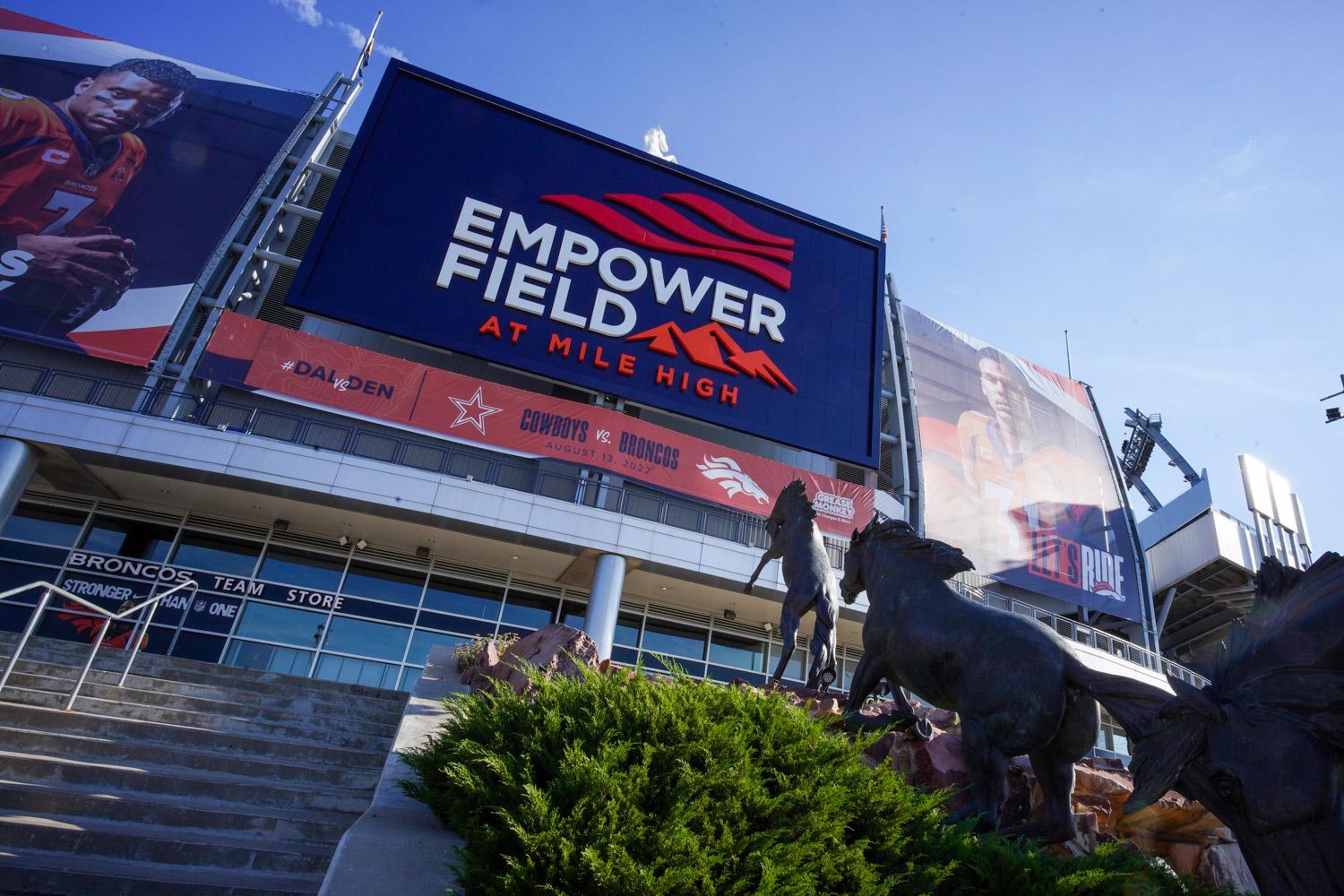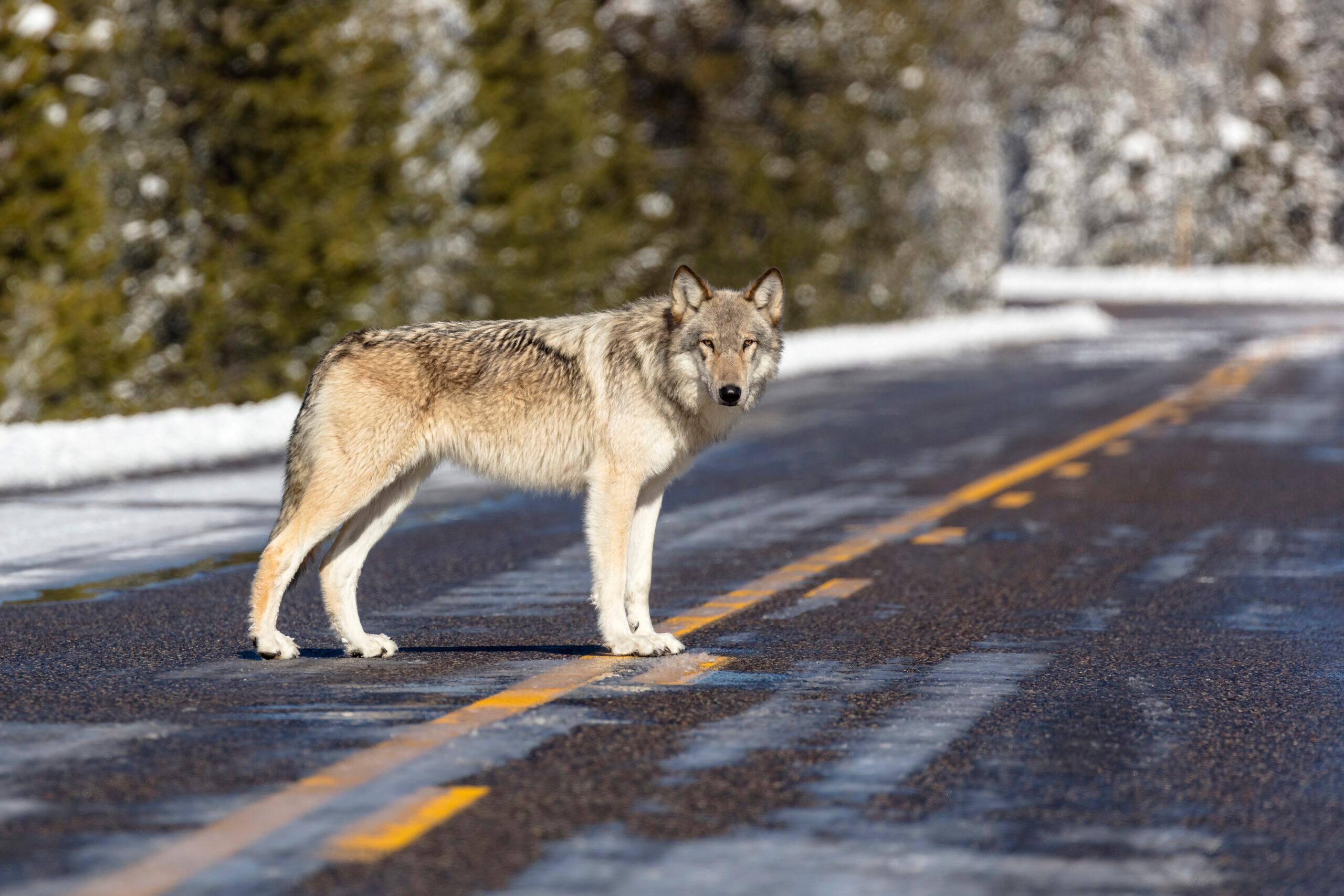
Updated Friday, April 21
There’s a longstanding saying in Colorado: If you don’t like the weather, wait 10 minutes and it will change. But there’s one consistent weather pattern that prompted a listener question to Colorado Wonders.
Marlene Sassaman, who lives in Huerfano County, asked: “What causes the consistent high winds in the southern Front Range, south of Pueblo, and West of Walsenburg in Navajo Ranch along Hwy 160?”
We called up Denver7 Chief Meteorologist Mike Nelson for some insight.
He says the wind events in Huerfano County are very similar to the consistent high winds along Highway 93 in Boulder County.
‘“The mountains are right there and the air can’t go through them. It’s got to go around them and through the canyons,” Nelson said.
He compares the phenomenon to the wind blowing between tall buildings in downtown Denver.
“It’s called the Venturi Effect. You’re squeezing all that air in between those tall buildings and it gets very windy,” he said. “We’re squeezing all that air in between the mountain peaks and through the canyons.”
The process creates a drop in wind pressure as it moves through a more confined space, which produces higher speed.
Nelson says the phenomenon is the reason the National Renewable Energy Laboratory’s Wind Center is located along Highway 93.
“It’s not because they necessarily have the most wind all the time, but they get extreme winds coming through there, and they can stress-test those big wind turbines for really strong winds.”
Another example of the Venturi Effect is when you place your thumb at the end of a garden hose which builds pressure to create a stronger stream of water.
Marlene’s question got us wondering about the wind ourselves. We took our queries to Mike Nelson.
Is Colorado windier than other states?
Mike Nelson: Colorado’s a very windy state because we’re in the High Plains. We have the mountains that squeeze the winds around quite a bit. We’re just central of the continent, so because of the air masses that come down from Canada versus the air masses that come up from the South, we get a lot of weather fronts that come through that drive our winds. It’s why when people say, ‘The wind doesn't always blow,’ well, honestly, if you've been out in the eastern plains of Colorado, or certainly if you've gone through Wyoming, it tends to blow most of the time.
What are the different types of wind?
A derecho, which is Spanish for ‘straight ahead,’ is a strong straight-line wind. It blasts out of the bottom of a thunderstorm, hits the ground and goes out straight in front of that thunderstorm. Sometimes we call it a gust front, but a derecho, a downburst, a microburst, are all kind of the same thing, except the derecho tends to be on a larger scale where it may kind of plow through an area and leave a lot of damage. There were a couple of them in the Midwest in recent summers that left a big long line of downed trees for 70 or 80 miles. We can get those in Colorado, but we don't tend to get the really strong ones like that. We tend to get more microbursts that come out of small thunderstorms.
A bora wind is a strong downsloping wind, but it's cold air that comes down behind a cold front in the wintertime especially.
A chinook wind is a downsloping wind coming down the mountains. It tends to be a warmer wind because when air travels downhill, it warms up about five and a half degrees Fahrenheit for every thousand feet of descent. So if you have 30-degree air that's up on the Continental Divide, by the time it warms up when it reaches the Denver area, you'll have temperatures in the fifties, even low sixties.
What is the strongest recorded wind in Colorado and where did it happen?
The record which stood for a long time was at NCAR, of all the great places to measure wind, the National Center for Atmospheric Research. On Jan. 25, 1971, there was a gust of 147 miles per hour. It was recently topped, according to the Colorado Climate Center, by a gust up on Monarch Pass that reached 148 miles per hour. That would be considered a category-four hurricane, actually. But the difference is, a hurricane of course, will have winds like that that are constant for hours and hours. We get a gust in Colorado, which might be for just a few minutes or seconds.
How is wind measured? We often picture a device that spins with cups attached sideways.
That’s called an anemometer and yes, I built one out of little using Dixie cups when I was a kid and had a little thing that would click on a roller skate wheel. And that's how I measured the wind when I built my home weather station as a 10-year-old. Now they can actually use ultrasound. At the new weather station in Denver’s Central Park, there are little prongs that stick up and using ultrasound, they can measure wind speed, so there's not actually the little spinning thing at all anymore.









